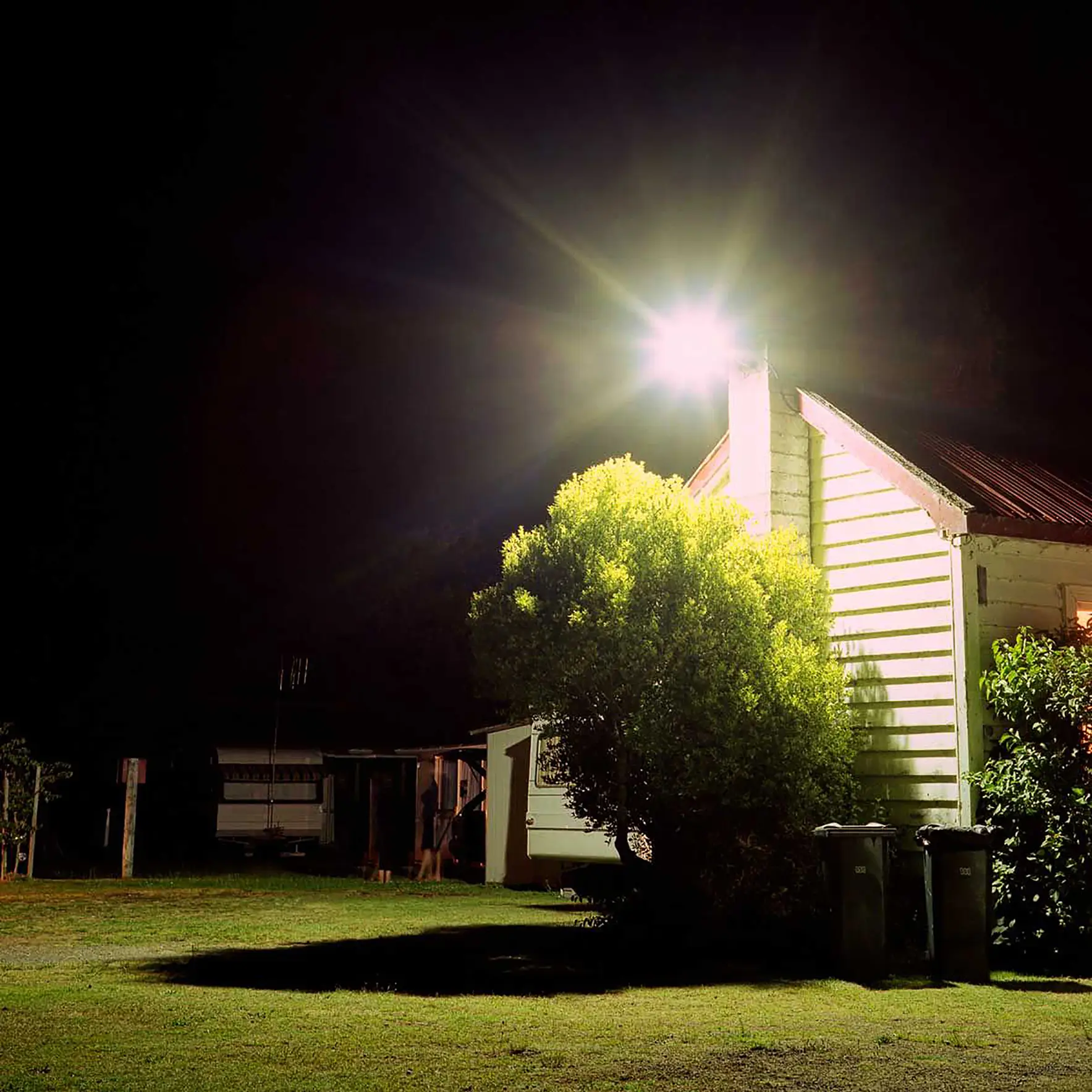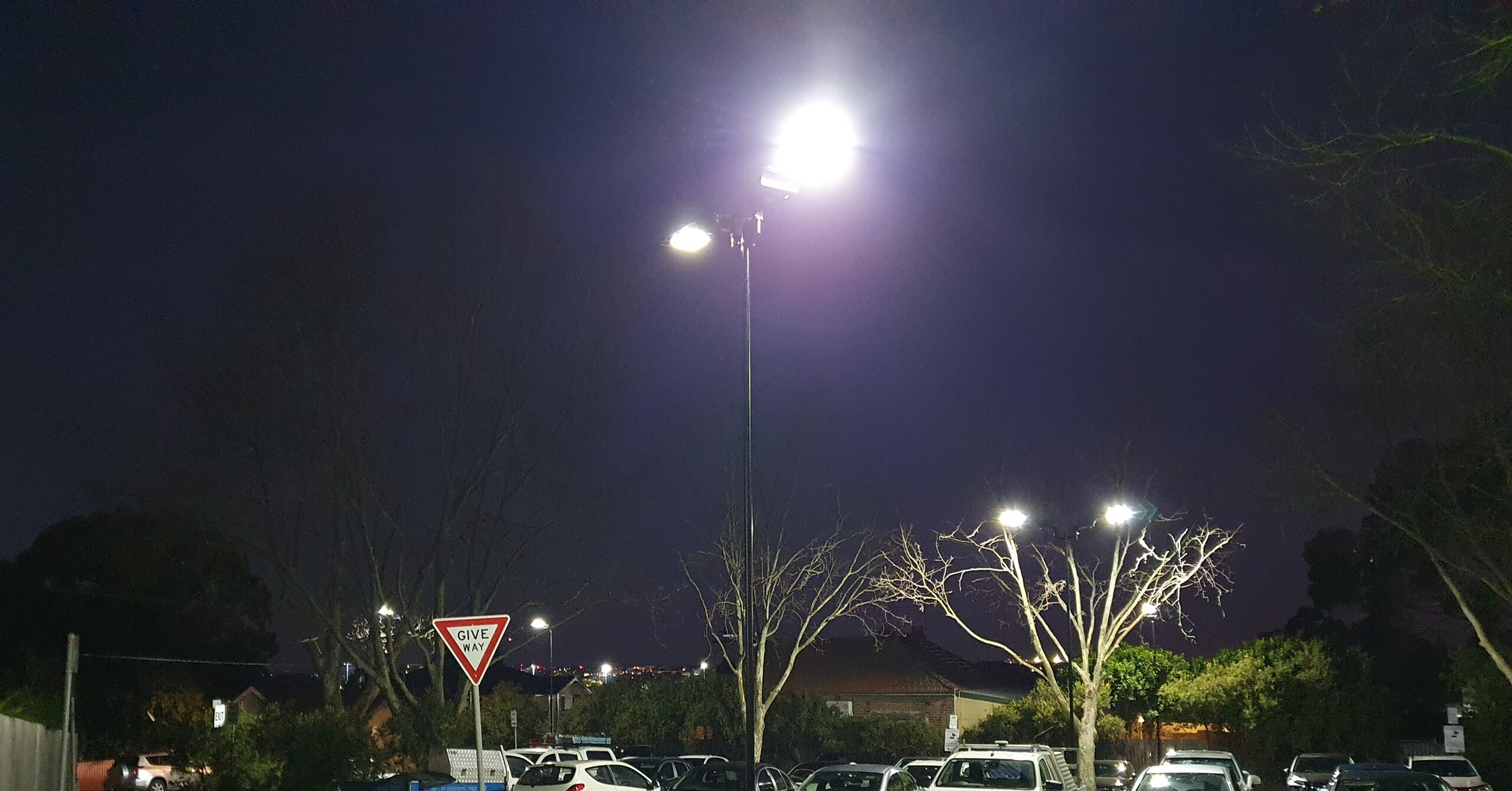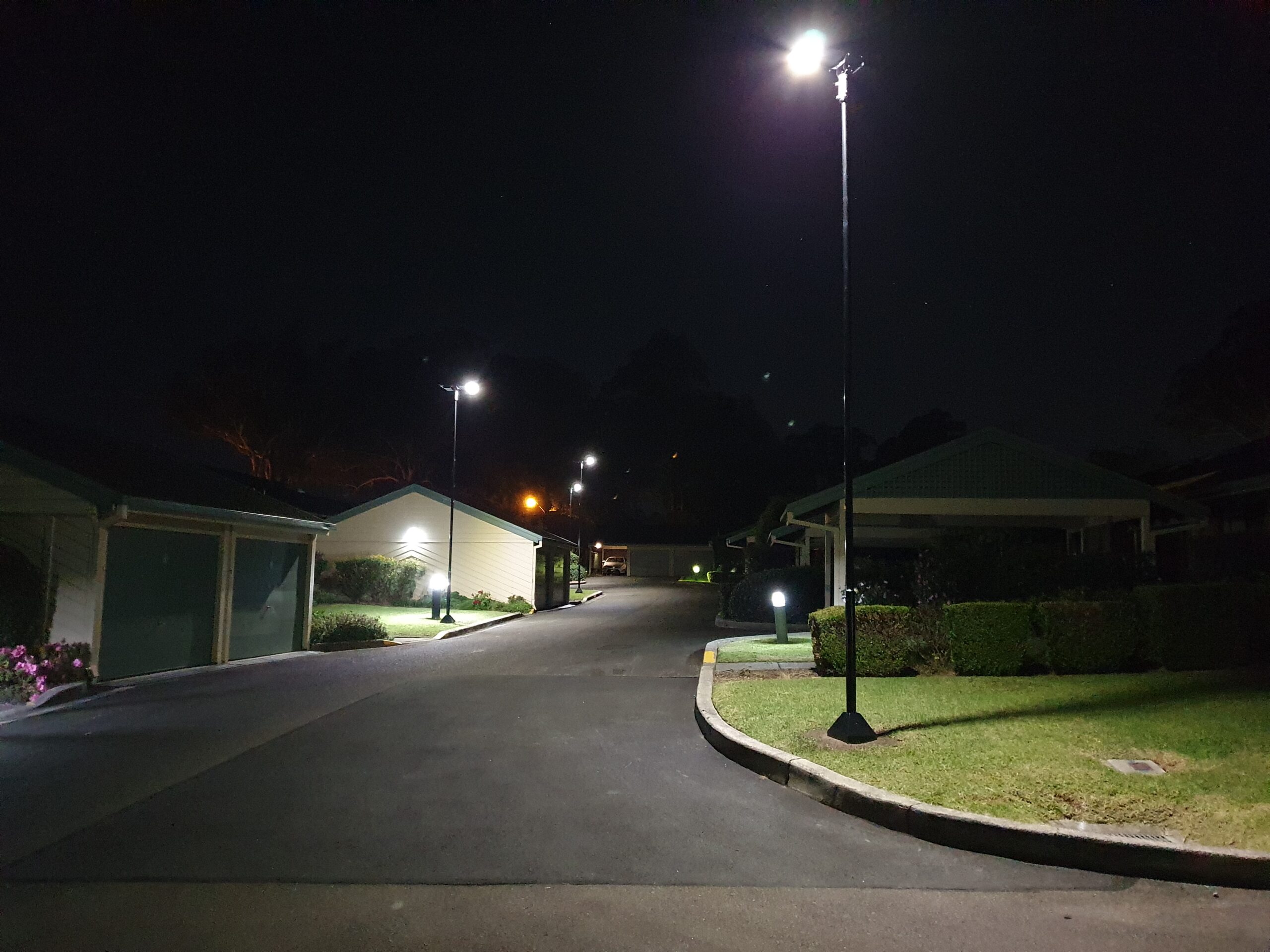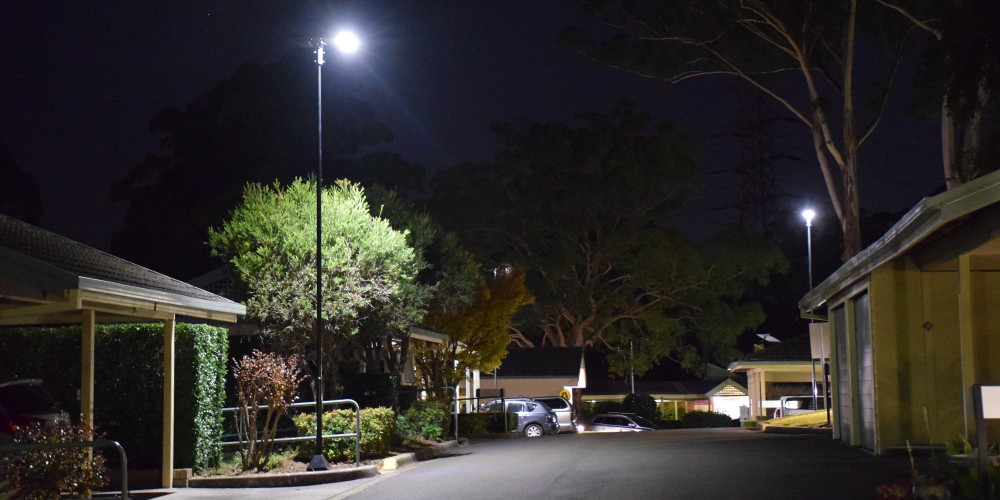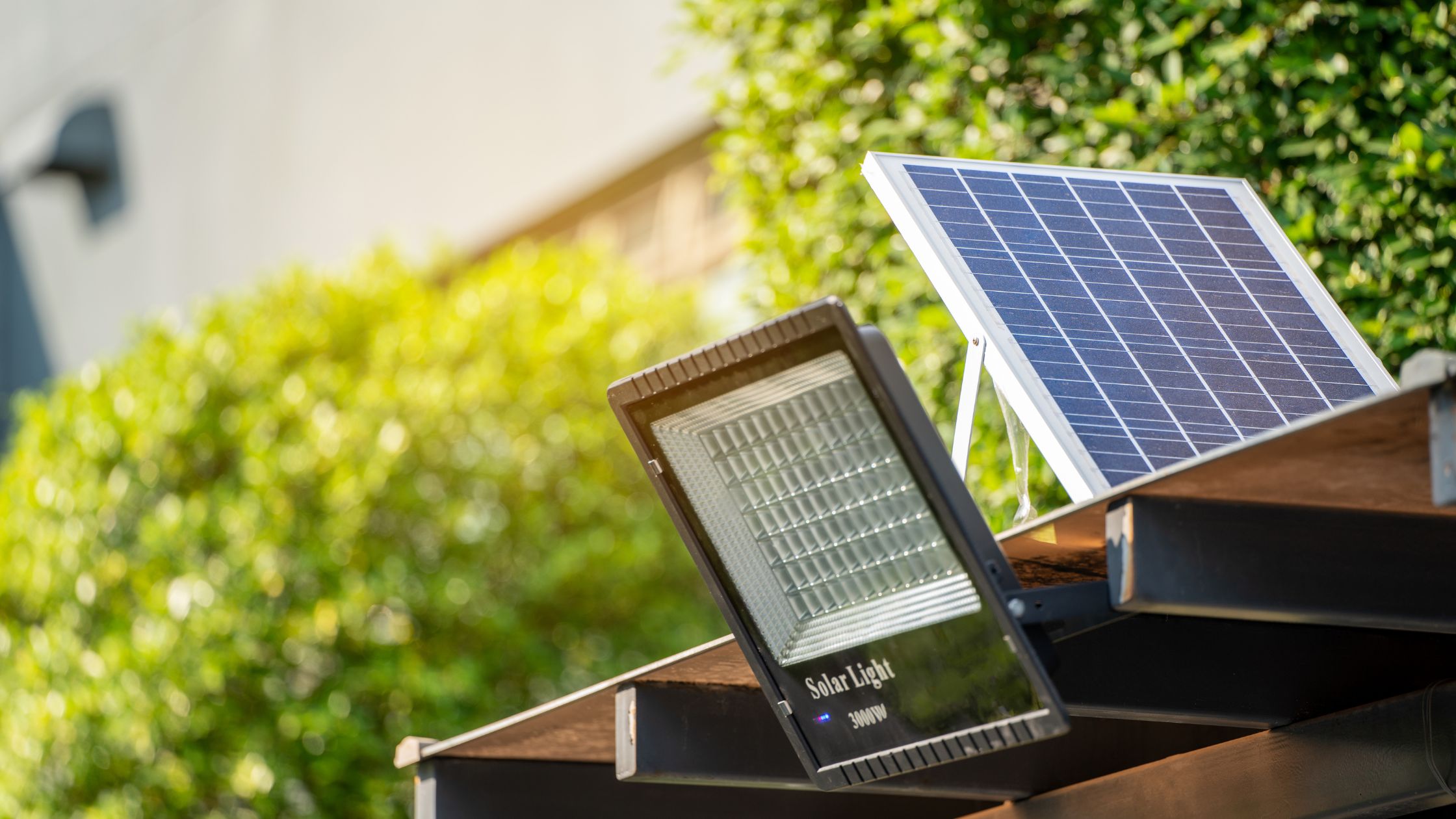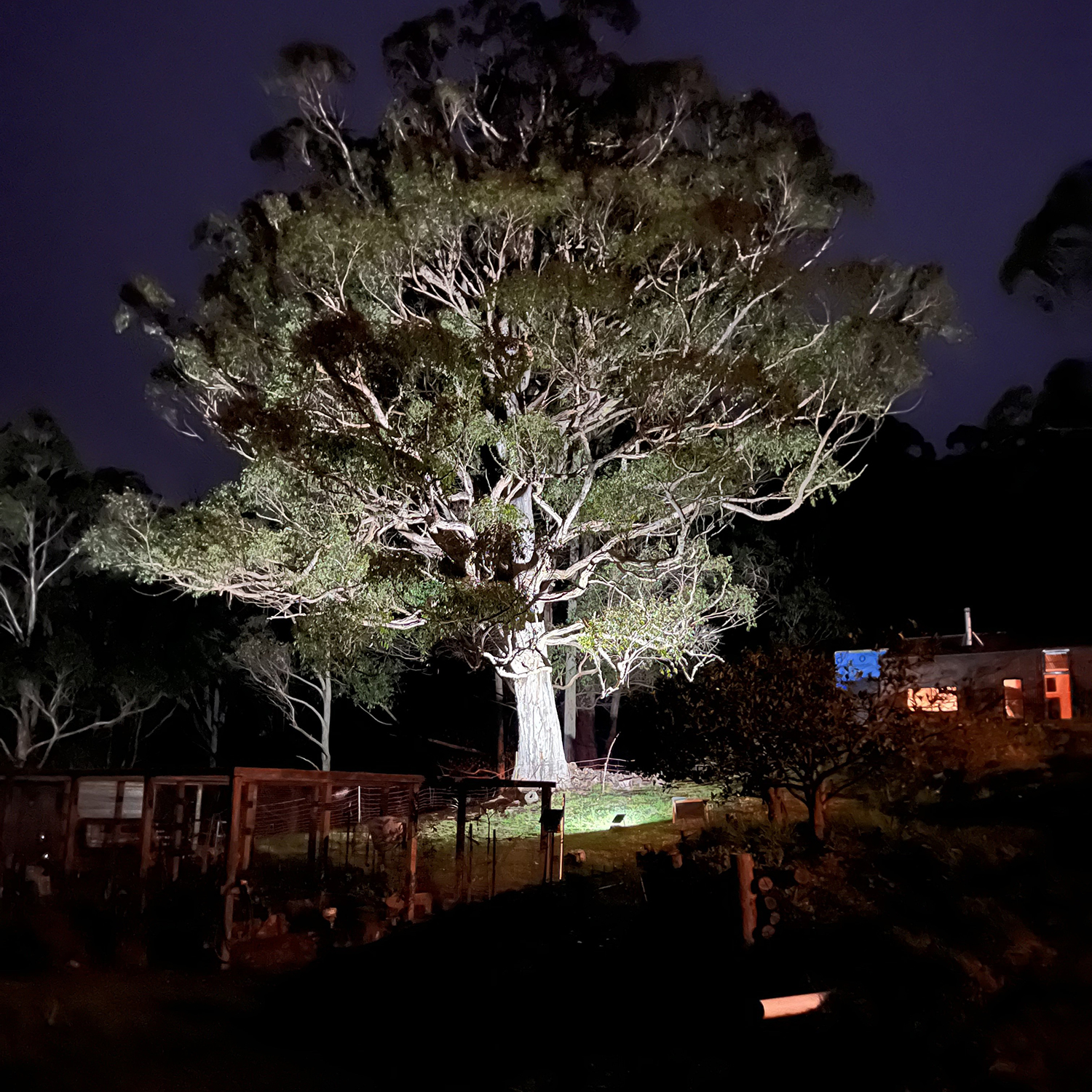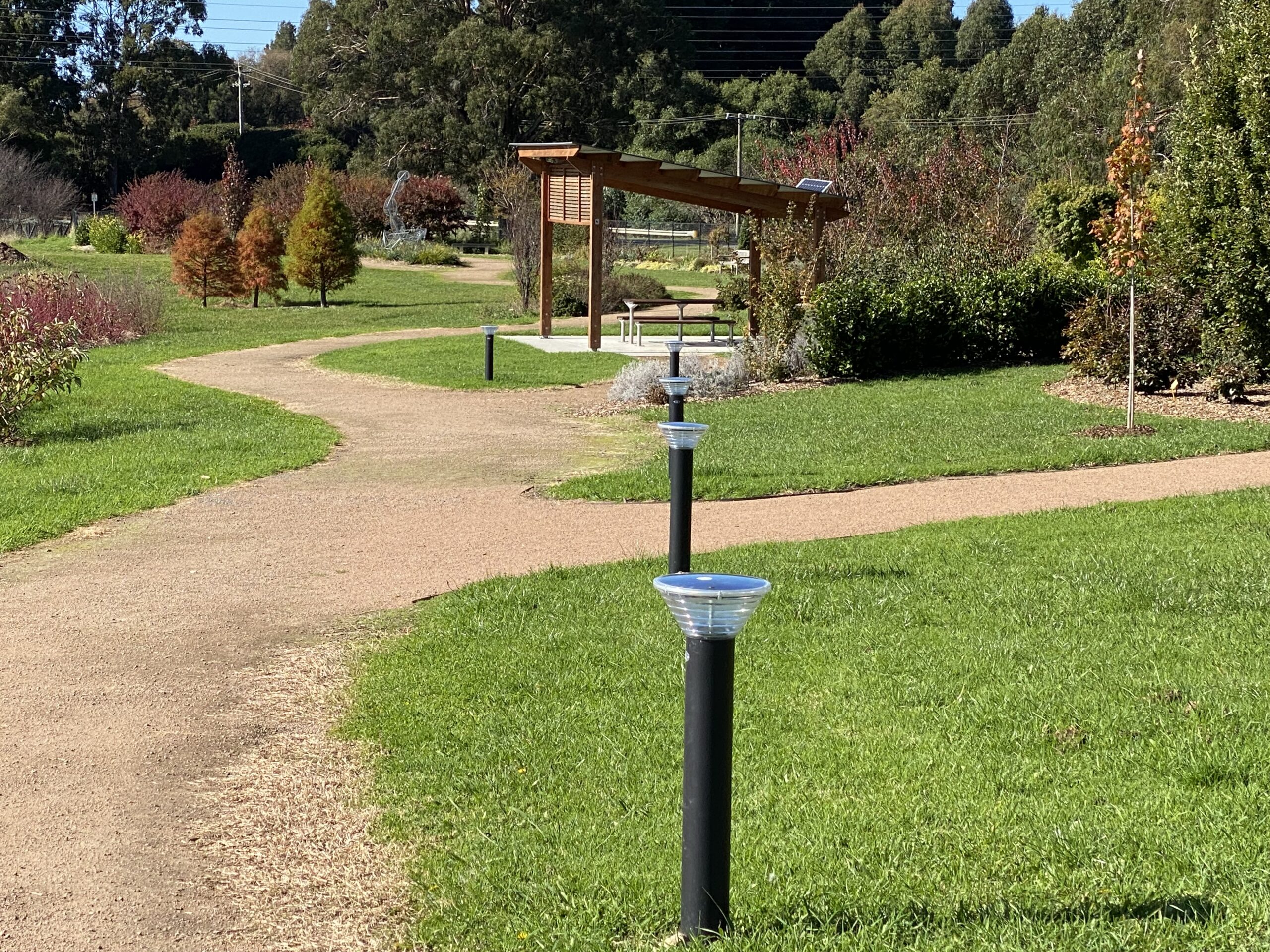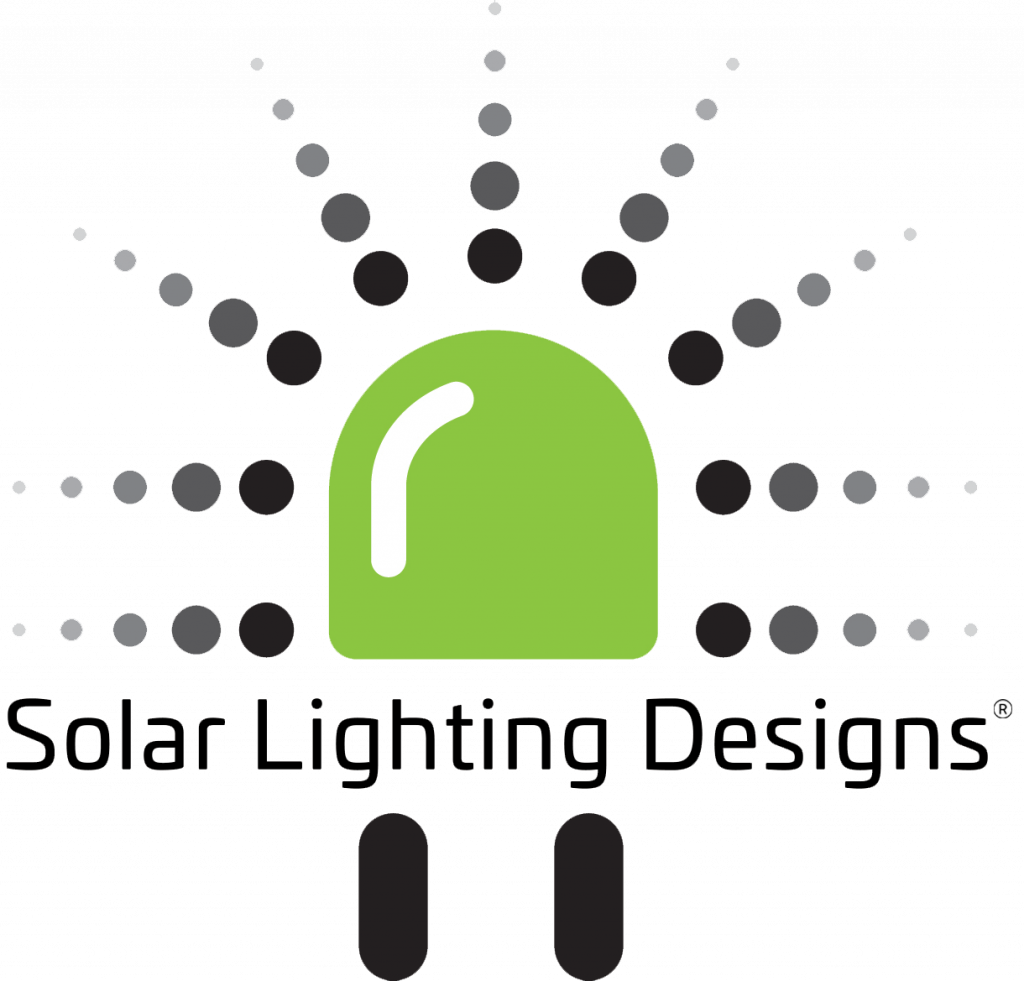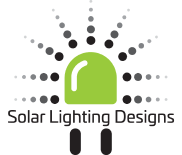What Type of Solar Lights do I Choose for my Garden?
Do you want to illuminate the beauty of your garden without caring about the electricity bill? Solar lights are the right and one of the most popular solutions. Nevertheless, as these solar lights are available in various forms and designs, it might need to be clarified for some to choose the correct option. But don’t worry; we will take you through some informative tips to help you clear your mind and choose the accurate solar lights for your garden. Top 3 types of solar light you can choose for your garden 1. Tabletop or Ground Floor Lamp Tabletop or ground lights are small and mobile to move from one place to another. They can easily be placed wherever needed, whether tabletop or ground, to add brightness to pools, decks, or patios. These kinds of lights consist of a base with an inbuilt battery and panel, along with an adorning lamp that casts the light. 2. Accent or Recessed Light These types of light are known to be petite in size. They are placed either on walls or stair steps. They are used to illuminate corners or edges. Just like their size, the battery and panel are also very small. It consists of a sensor that activates the lights at night or dark. In addition, the accent lights look amazing and give an astonishing look to the whole garden. 3. Post-top and Pole Lamps Are you looking for a substantial solar light? Post-top or solar bollard lights might be the right pick for you. They are tall like poles and usually installed at driveways and pathways to brighten up most of the area. The panel is found to be on the top of the pole, along with the battery that stores solar energy to convert it into electrical energy. At night, the stored energy is used to light the outdoor area. You can also control the lightning intensity with the help of remote control. Factors to Consider when Choosing Solar Lights for your Garden 1. Brightness The first thing you should look forward to is the brightness. Lumens are the element used to determine the brightening capacity of solar lights of each kind. This helps examine how much light they can generate. If the lumens are high, the brightness will also be high, and if they are low, the brightness will also be low. For example, when purchasing a post-top solar light, ensure that the lumens are more than 1000. On the other hand, the accent solar light should be 10 lumens or below. The brightness majorly depends on your needs and liking. If you want to make your garden cosy, your pick should be light with fewer lumens. In contrast, if you want to really brighten up the area, the solar light with higher lumens would be a better option. 2. Battery Solar lights charge their batteries with sunlight to be used during dark times. It is essential to notice how long they can run during the darkness or at what speed the battery drains. The more sunlight they receive, the more they can charge their battery and last longer at night. This is one of many things the battery life depends on, but it also relies on volume and quality. In that case, lithium-ion batteries are known to be more productive and durable compared to others. So, its better to look forward to purchasing solar lights with lithium-ion. Furthermore, seek ts with a power-saving mode. 3. Durability The durability of solar light depends on an extensive range of factors, such as weather conditions. It is better to go for waterproof solar lights with a rating of IP65 or more. This number indicates that light can endure rain and water from different angles. Seek light with rigid materials such as aluminium, plastic, stainless steel, etc. Such materials can better resist hurdles. 4. Design Solar lights come in unusual and unique designs and styles. Every design has a different touch and mostly depends on the buyer’s personal liking and taste. Try matching the design and style of the light with the theme or style of your garden. If you have a modern-looking garden, a sleek-styled light would be the best choice, complementing the theme. On the other hand, a vintage-looking light is a good option for a garden with a more rustic look. They are also available in different colours, another plus point for an enhanced look. Benefits of Solar Lights for Gardens Environment-friendly: Solar lights are based on renewable energy sources, which is an eco-friendly option. This reduces the use of nonrenewable sources of energy such as gas, coal, etc. Cost saving: Many worry about increased bills when considering installing lights in their gardens. However, solar lights save money on bills. They don’t require electricity; they generate it themselves with solar energy. Easy to install: Working in the garden on sunny days can be challenging. Yet the lights are easy to install, which is another reason they are cheaper. Safety: Lights installed at pathways help reduce the risk of falling at night or in the dark. Decorative: Besides its function, ornamental plants are a great way to give the garden a fancy look. Play with different patterns, colours, and designs to find the best match for your garden style. Conclusion Solar lights are an eco-friendly option for brightening up your outdoor area without adding a huge amount to electrical bills. They are a good choice in many ways, whether for security, decoration, or brightening. Nevertheless, the type of solar light you choose depends heavily on your preferences and needs. Consider factors such as durability, design, and brightness to make a superior choice.
